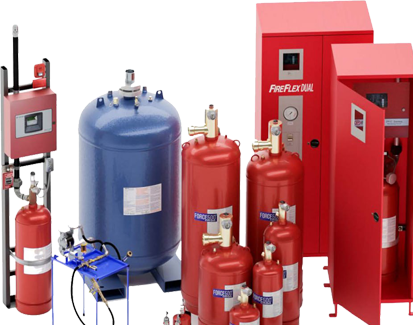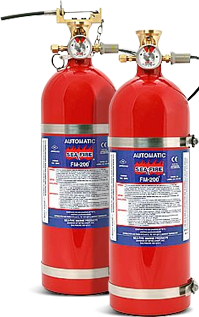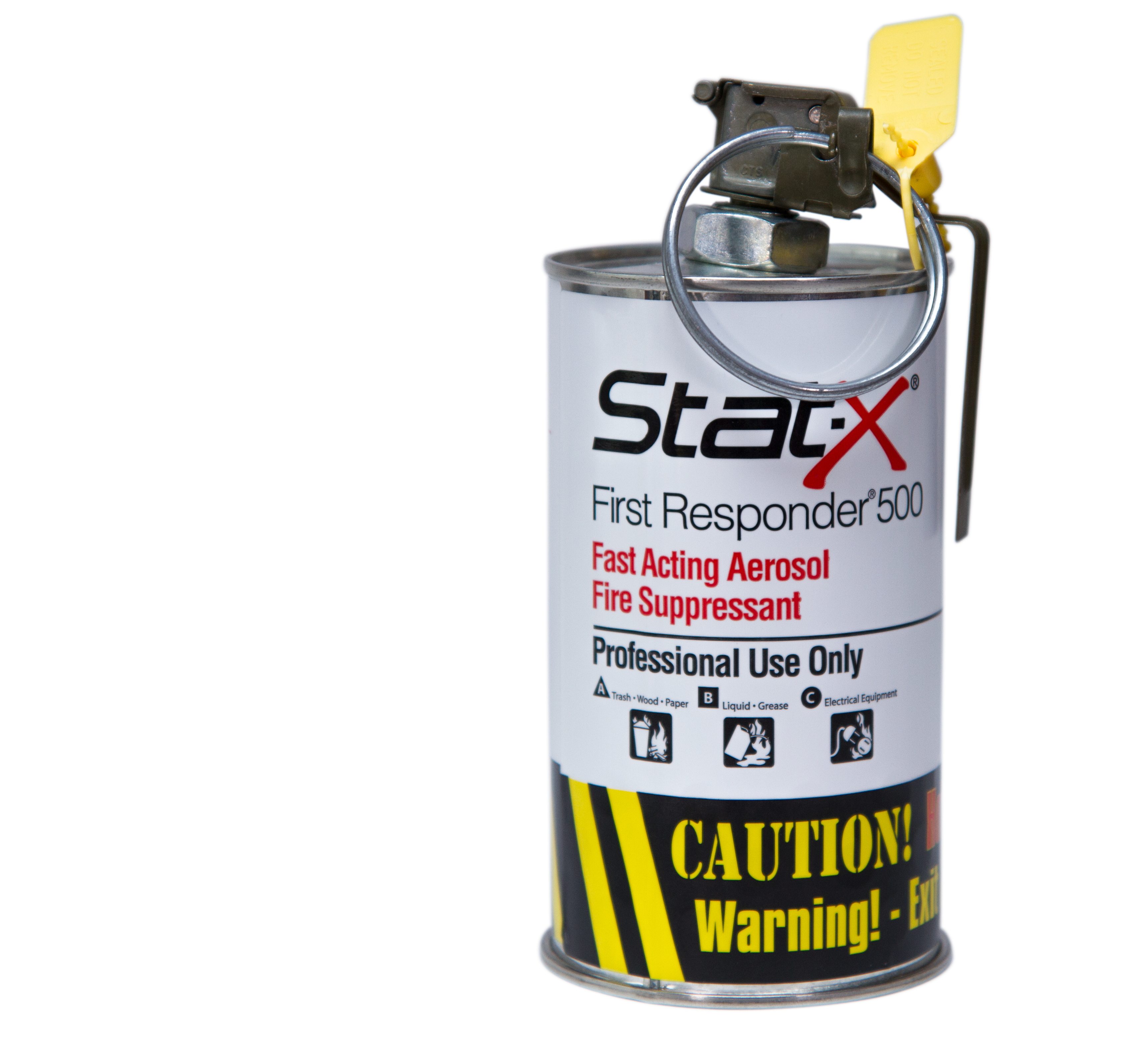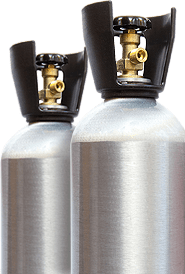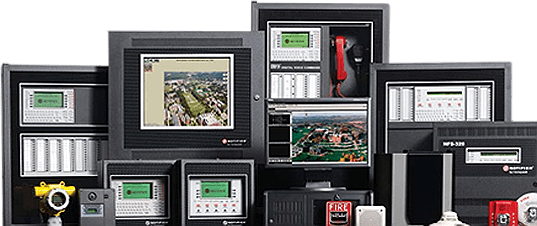The Importance of Training Your Staff on Fire Suppression Systems
Proper staff training on fire suppression systems is crucial to ensuring quick response times, reducing damage, and protecting lives during a fire emergency. Prepared employees play a vital role in effective fire safety management.
Key Takeaways
- Faster Emergency Response – Trained staff can quickly activate fire suppression systems, minimizing fire damage.
- Enhanced Safety – Proper training ensures employee and occupant safety by preventing panic and following the correct protocols.
- Regulatory Compliance – Many industries require fire safety training as part of workplace safety regulations.
- Reduced Losses – Effective use of suppression systems helps protect assets, reducing downtime and financial impact.

In any organization, ensuring the safety and well-being of your employees and customers is of paramount importance, and when it comes to fire safety, one of the most effective measures you can implement in your workplace is having a robust fire suppression system in place. However, simply installing these systems is not enough to guarantee their effectiveness – it is also crucial to recognize the importance of training your staff on fire suppression systems to maximize their potential and minimize the risks associated with fire incidents.
Explore further
Training staff on fire suppression systems equips them with the knowledge and skills needed to respond swiftly and appropriately in case of a fire emergency, as this can allow them to learn how to operate fire extinguishers, activate fire alarms, and use other suppression equipment effectively. Proper training also includes understanding the behaviour of fire, evacuation procedures, and how to prevent fires from spreading. By investing in comprehensive training programs, organizations empower their employees to take immediate action, potentially saving lives and minimizing property damage.
Who Needs Fire Safety Training?
Fire safety training is essential for all employees, regardless of their role or level within an organization. From office workers to factory personnel, everyone should have a basic understanding of fire prevention, evacuation procedures, and how to operate fire suppression equipment. By providing comprehensive fire safety training to your entire staff, you can create a culture of safety and empower people to respond appropriately in case of a fire emergency.
Question: What are the best fire protection tips for industrial buildings?
Answer: The best fire protection strategies for industrial buildings include conducting fire risk assessments, installing proper fire suppression systems, training staff on emergency procedures, and ensuring regular maintenance to comply with safety regulations.
8 Important Fire Safety Training Topics
In order to ensure a well-rounded fire safety training program within your company, there are 8 key tips that can provide a strong baseline for comprehensive employee fire safety training.
1. Recognizing Fire Hazards
Recognizing fire hazards is an essential skill that employees should possess in order to maintain a safe working environment. By being aware of potential fire hazards, employees can take proactive measures to prevent fires and respond promptly in case of an emergency - this includes identifying common hazards such as faulty electrical equipment, flammable materials, blocked fire exits, or improper storage of chemicals.
Additionally, employees should be vigilant about identifying potential fire risks associated with their specific work area or industry. Regular fire safety training can educate employees on identifying these hazards, raising awareness, and promoting a proactive approach to fire prevention, ultimately safeguarding lives and property.
People also search
2. In Case of Fire in the Workplace
In case of a fire in the workplace, it is crucial for employees to know how to respond swiftly and safely. First and foremost, they should immediately activate the fire alarm system to alert others and initiate the evacuation process. Employees should then evacuate the premises using the nearest and safest exit routes, avoiding elevators.
If safe to do so, employees can attempt to extinguish small fires using the appropriate fire extinguisher. However, personal safety should always be the priority, and employees should not attempt to fight the fire if it is spreading rapidly or blocking escape routes. Once outside, employees should gather at designated assembly points and avoid re-entering the building until it is deemed safe by the authorities.
3. Types of Workplace Fires & How to Suppress Them
Fire safety training should educate employees about different types of fires and appropriate methods to contain them. Whether it's a Class A fire involving ordinary combustible materials like wood, or a Class C fire involving electrical equipment, staff members need to understand the specific extinguishing agents and techniques required for each fire type. This knowledge can prevent the situation from escalating, and potentially save lives.
Each type of fire has a corresponding fire extinguisher type that will be clearly labelled on the fire extinguisher: A, B, and/or C. Most common fire extinguishers are rated for A, B, and C classes of fire; they will be effective against 99% of fires in the workplace.
4. Learning How to Engage Manual Activation Fire Alarms
Fire suppression systems often have manual activation processes, such as pull stations or break glass units. Employees should be trained on how to operate these devices to initiate the fire suppression system. It is crucial to ensure that staff members are aware of the location and proper use of manual activation devices to promptly initiate the system and minimize fire damage.
5. How to Use a Fire Extinguisher
Fire extinguishers are vital tools for controlling small fires within the workplace and beyond. Employees should receive training on how and where to select the appropriate extinguisher for a given fire, how to use it effectively, and the importance of the PASS technique (Pull, Aim, Squeeze, Sweep). Practical training sessions can also help employees gain confidence in handling fire extinguishers and improve their firefighting skills.
6. Creating Thorough Evacuation Plans
A fire in the workplace can cause employees to panic, and having a well-developed evacuation plan is crucial to ensure a safe and orderly evacuation during a fire emergency. Employees should be educated on evacuation procedures, including designated escape routes, meeting points, and emergency communication protocols. Regular drills should also be conducted to familiarize employees with the evacuation process and enhance their preparedness for real-life situations.
7. Avoiding Unnecessary Risk
Fire safety training should emphasize the importance of risk mitigation when handling, storing, or working with potentially hazardous materials. Employees should be educated in safe practices, such as proper storage of flammable materials, keeping electrical equipment in good condition, and promptly reporting potential fire hazards. By promoting a culture of safety, employees can actively contribute to preventing fires and maintaining a secure work environment.
8. Fire Prevention
Preventing fires is always better than fighting them. Employees should be trained in fire prevention strategies, including the proper use and maintenance of electrical equipment, regular inspection of fire safety equipment, and the importance of good housekeeping. By understanding and implementing fire prevention measures, staff members can significantly reduce the likelihood of fires occurring in the first place.
Training your staff on fire suppression systems is a crucial investment in workplace safety. By providing comprehensive fire safety training, employees can become equipped with the knowledge and skills necessary to prevent fires, respond appropriately during emergencies, and protect themselves and others effectively.
Make fire safety a priority in your organization by implementing a robust training program. Remember, fire safety is everyone's responsibility. Start training your staff today to ensure a safer tomorrow.
To learn more about fire safety training programs or to schedule a consultation, contact our fire safety experts at Control Fire Systems: 1-866-384-1280.





